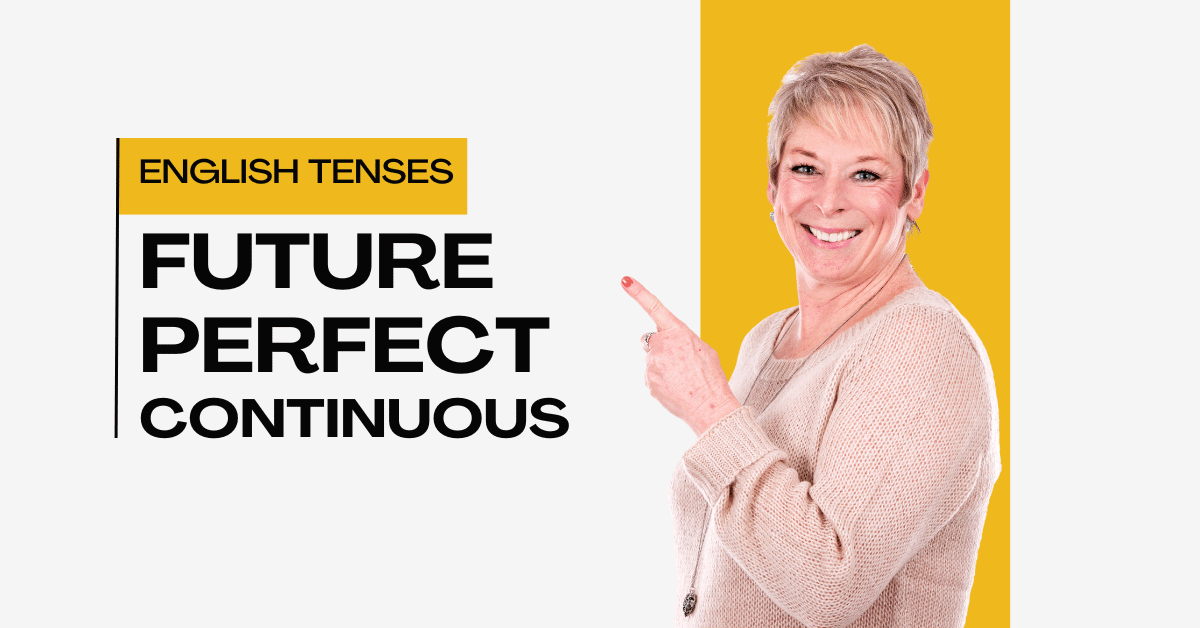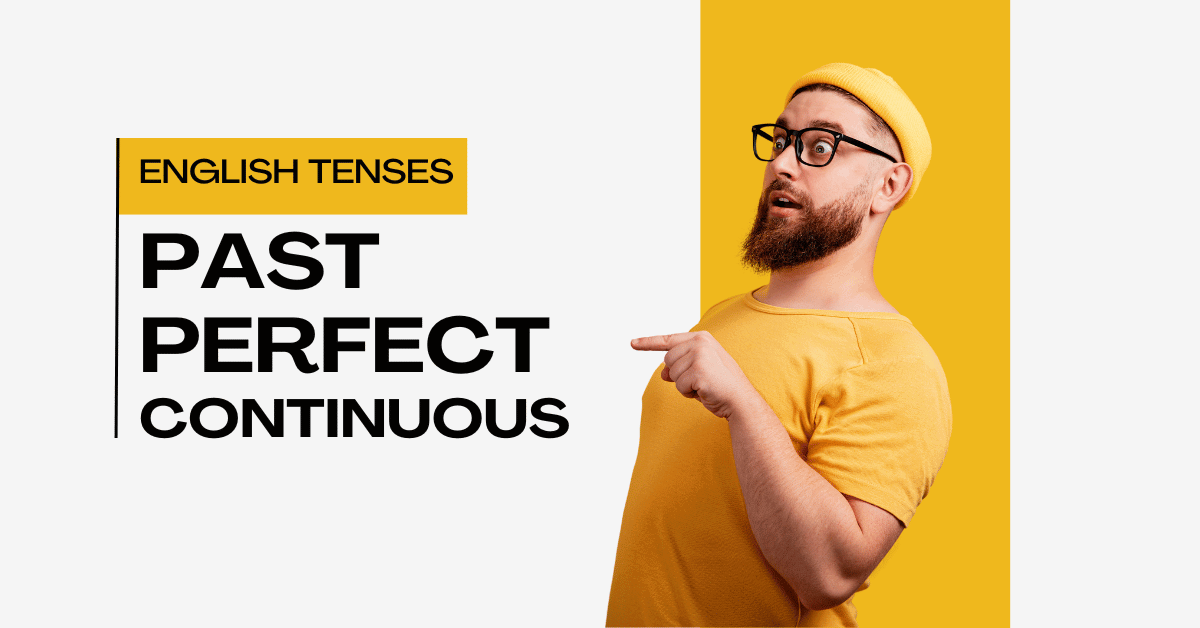Mastering the Present Continuous Tense: A Simple Guide

Mastering the Present Continuous Tense: A Simple Guide
Mastering the Present Continuous Tense: A Simple Guide
The Present Continuous tense is one of the most versatile and useful tenses in the English language. It’s a tense we use every day, often without even realizing it. Whether describing something happening right now or discussing plans for the near future, the Present Continuous is your go-to tense. So, let’s break it down and explore how it works.
Source: Learn English Coach YouTube Channel
What is the Present Continuous Tense?
The Present Continuous tense is used to talk about actions happening at this very moment or ongoing actions that may continue in the future. It’s also handy for describing temporary situations and future plans. For example:
Right now: I am reading this blog post.
Temporary situations: She is living in London for the summer.
Future plans: We are meeting up with friends later.
The structure of the Present Continuous is simple. You use the present form of the verb “to be” (am, is, are) followed by the base form of the main verb + “ing.”
Formula:
Subject + am/is/are + verb + ing
Let’s take a look at some examples:
I am studying for my exam.
He is working on a project.
They are traveling to Spain next week.
When to Use the Present Continuous Tense
The Present Continuous can feel second nature to native speakers, but for learners, it’s essential to know when to use it. Here are the most common uses:
1. Actions happening now
If something is happening at the moment of speaking, use the Present Continuous.
Example: She is cooking dinner right now.
2. Temporary situations
Use this tense to talk about short-term events or temporary activities.
Example: He is staying with his friend while his apartment is being renovated.
3. Future arrangements
Yes, you can use the Present Continuous to discuss the future, particularly when talking about planned events.
Example: We are going to the movies tomorrow.
4. Repeated actions (when they are irritating)
We often use the Present Continuous with the word “always” to describe something that happens repeatedly but with a sense of annoyance.
Example: You are always leaving your socks on the floor!
How to Form the Present Continuous Tense
To form the Present Continuous, follow these steps:
1. Start with the subject: I, you, he, she, it, we, they
2. Add the correct form of “to be”: am, is, are
3. Use the base verb + ing: working, reading, writing, etc.
Here’s how it looks for different subjects:
I am writing an email.
You are studying for your test.
He/She is walking to the store.
We are listening to music.
They are playing football.
Affirmative Statements:
• Subject + am/is/are + verb-ing
She is teaching an online class.
Negative Statements:
To make a sentence negative, just add “not” after the verb “to be.”
• Subject + am/is/are + not + verb-ing
He is not working today.
Questions:
Forming questions in the Present Continuous is simple. Just switch the subject and the form of “to be.”
• Am/Is/Are + subject + verb-ing?
Are you coming to the meeting?
Common Mistakes with the Present Continuous
Even though the Present Continuous is straightforward, learners often make some common mistakes. Here are a few to watch out for:
1. Forgetting the verb “to be”
Incorrect: She playing the piano.
Correct: She is playing the piano.
2. Using stative verbs
Some verbs, like know, like, want, and believe, are stative verbs that describe states rather than actions. These verbs are generally not used in the continuous form.
Incorrect: I am knowing the answer.
Correct: I know the answer.
3. Mixing up future and present meanings
Remember that the Present Continuous can describe both current actions and future plans. The context should make it clear whether you’re talking about now or later.
Example: We are having dinner at 7 PM. (future plan)
Time Expressions with the Present Continuous
To make your sentences more precise, you can add time expressions that often accompany the Present Continuous. Here are some examples:
Right now: She is working right now.
At the moment: They are studying at the moment.
Today: I am going to the gym today.
This week: He is staying with his grandparents this week.
Later: We are meeting our friends later.
These time expressions help clarify whether you’re discussing something happening now or something that will happen soon.
Practice Makes Perfect
As with any grammar rule, the more you practice, the easier it will become. Start by observing how often native speakers use the Present Continuous in conversations, TV shows, and books. Then, try using it yourself in your everyday life.
Remember, English tenses are all about expressing time and actions clearly. The Present Continuous is perfect for conveying actions that are happening now, temporary situations, or plans for the future. The key is to understand the context and apply the structure correctly.
Now that you’ve got the basics, practice using the Present Continuous tense. Soon, it will feel as natural as saying, “I am learning English!”
Free Quiz
Take our free quiz to test your knowledge of the Present Continuous tense.” 👉 Click Here to Start the Quiz






